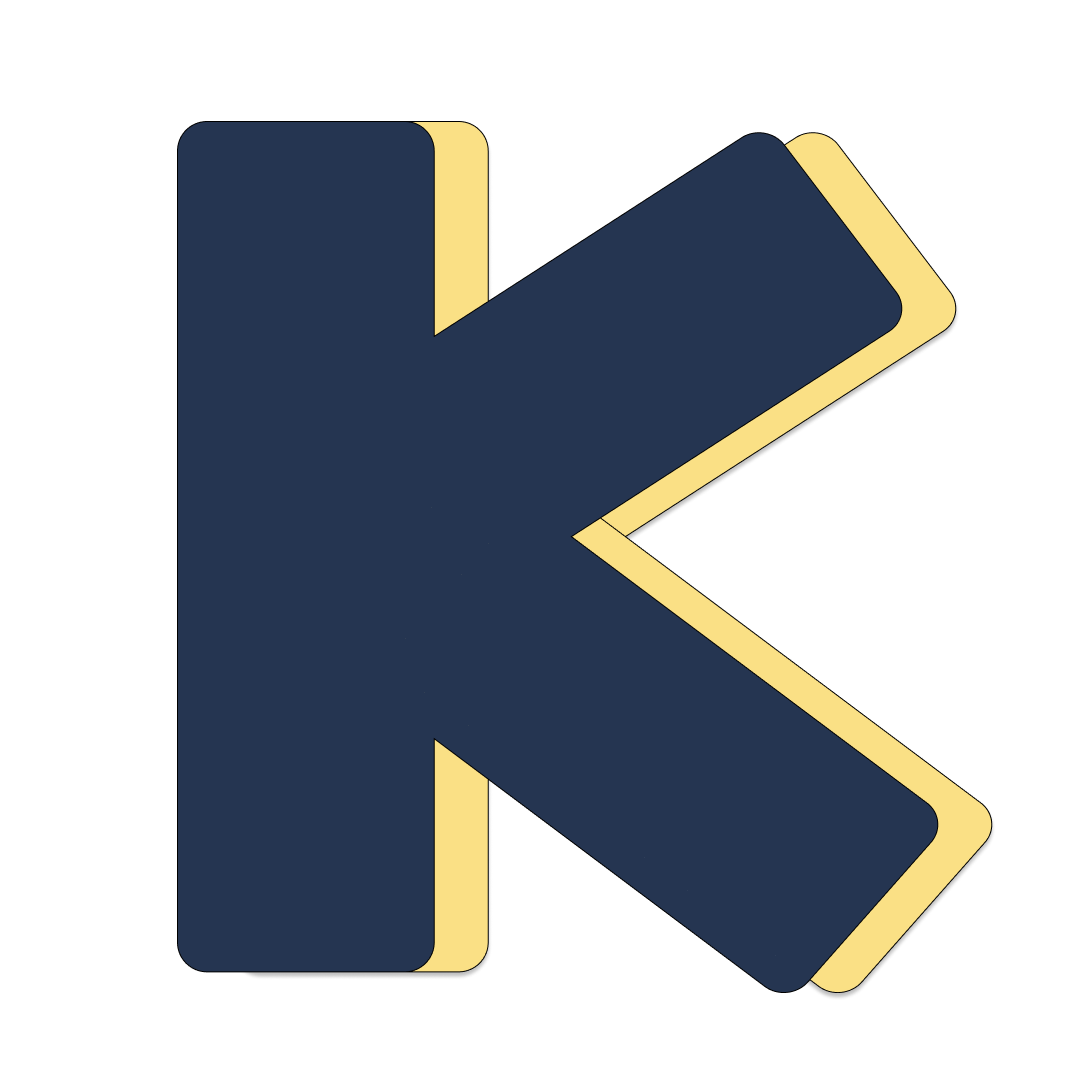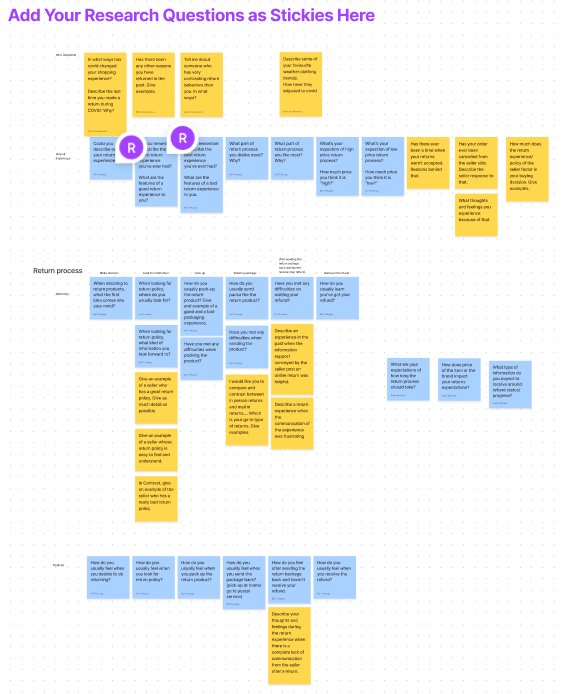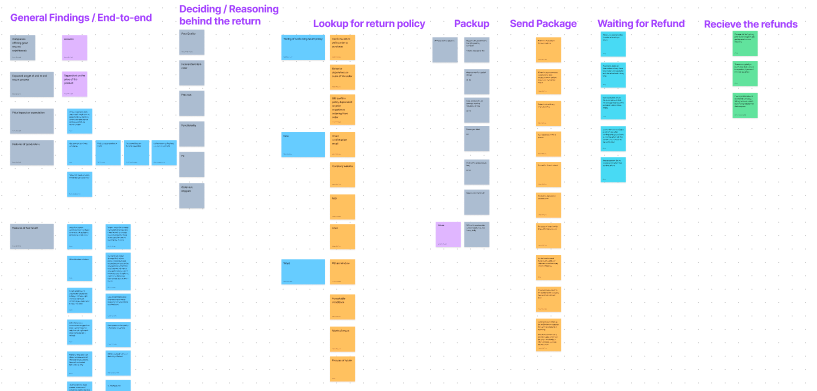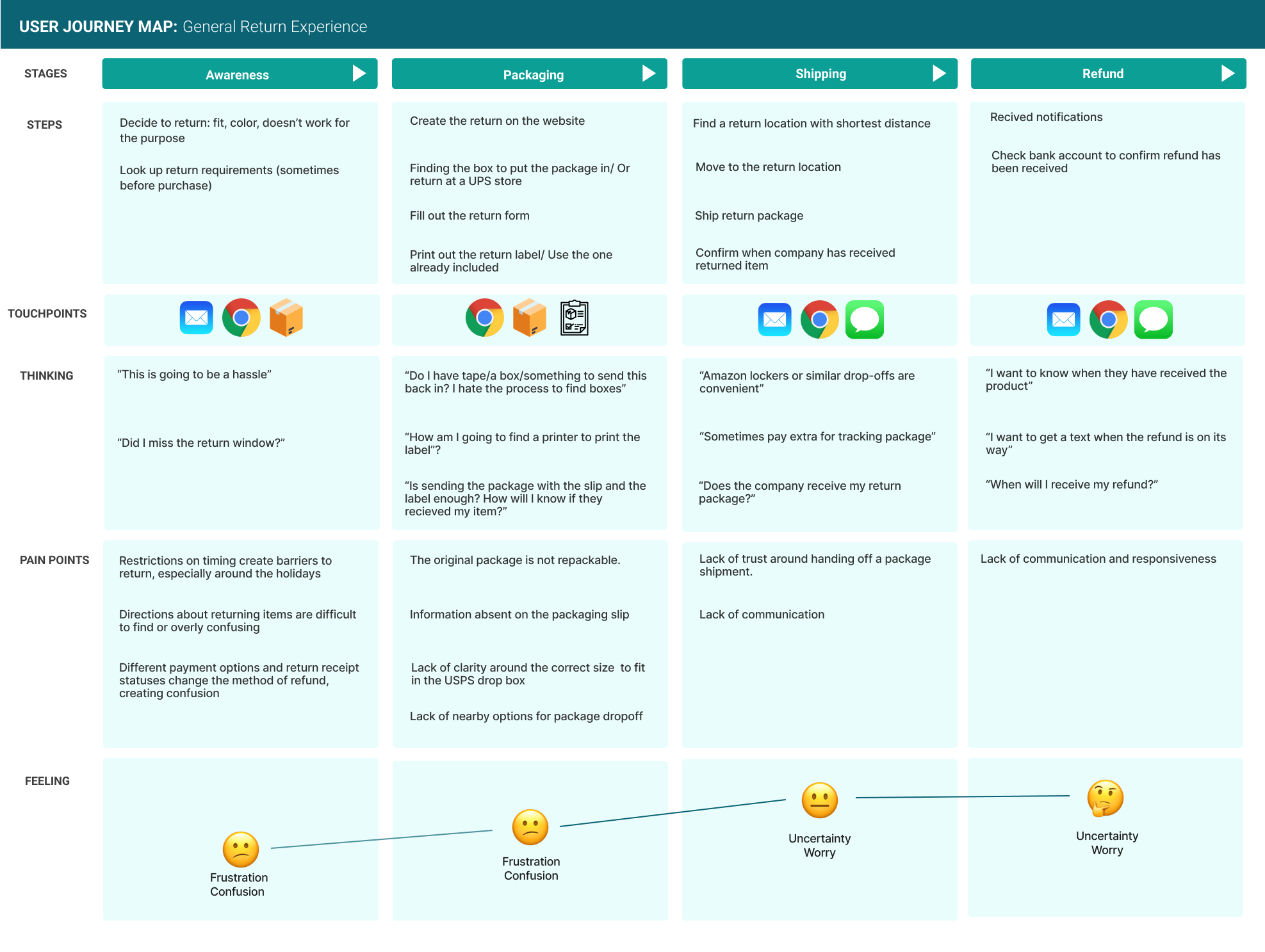The Return Experience Research of The North Face
The North Face is a worldwide outdoor outfit online retail business. Return queries account for 25% of their customer service. In order to improve the customer experience, the goal of the project was to understand obstacles of the current return process and users’ expectations.The study involved observation, interviews, and user journal mapping by four team members. Considering The North Face is a global brand, we not only focused on user experience in the United States but also included international return experience in this study.
Project Time: 3 months
My Role: UX researcher (Team of 4)
Methods used: Competitive Research, Observation, Individual Interview, User Journey Mapping
Challenges
As Shippo Return Report (2022) shows, the return experience has a large impact on how users make their shopping decisions. The North Face found that return queries accounted for 25% of their customer service calls, which caused an increase in workload for customer service staff, negative brand reputation, and a decline in purchases. It showed that customers weren't satisfied with the current return experience.
Goal
The goal of this project was to gain an understanding of general user experience and to explore the potential pain points in the current return process. Additionally, we also explored potential solutions by investigating domestic competitors and the common return experience in India and Taiwan. Finally, after wide exploration, we brought our ideas to practice by proposing a handful of improvements to the current design.
My role
Our team was comprised of four UX researchers, including myself. We worked with the VF Company, the parent company of The North Face. I was responsible for designing and executing observation, interviews, qualitative analysis, and developing several segments of the report.
Process
Observation on current return process
Qualitative research with online shoppers through 15 semi-structured interviews.
Journey mapping of the returns experience with potential opportunities for growth
Competitive analysis
Design suggestions
Methods
We used multiple methods to narrow down our findings and propose final design suggestions including observation, semi-structured interviews, journey mapping, and competitive analysis. In order to understand the current return process, I did a return online process and took screenshots to capture the process. By experiencing the service by myself, I gained the initial thoughts that became the foundation of the following studies.
Our team conducted 15 semi-structured interviews. We recruited people who were aged 20-40 and had return experience to understand general return experiences and expectations in the US.
We also did competitive analysis in the US, India, and Taiwan. By referring to global competitors’ experience, we provided more angles to view the return process. The findings from observation and interviews were combined with journey mapping to find out potential opportunities for growth. Finally, we put our insight into wireframes.
Main Findings
User Journey Map
Phase 1: Awareness
What they’re thinking:
“This is going to be a hassle.”
“Is it too late to send this back?”
Pain points:
Short return windows (especially around the holidays)
Different policies for different items/methods of payment
Opportunities:
Consider returns as a step in the customer journey, and communications as a branding opportunity.
Include returns guidance in order confirmation email.
Consider the value of expanding or eliminating the return window.
If Apple Pay/PayPal return restrictions are necessary, tell customers during purchase.
Phase 2: Packaging
What they’re thinking:
“Do I have something to send this back in? I hate the process to find boxes.”
“How am I going to find a printer to print the label?”
“Is sending the package with the slip and the label enough? How will I know if they received my item?”
Pain points:
Non-reusable packaging
Lack of information on packing slip
Understanding the options
Opportunities:
Re-usable packaging
Include info on the packing slip about creating a return online, required item condition, and mode of refund.
Phase 3: Shipping
What they’re thinking:
“If the store is close, I’d rather return it there.”
“Amazon lockers or similar drop-offs are convenient.”
“It’s worth it to pay extra for package tracking.”
“Did the company receive my package?”
Pain points:
Lack of comfort in shipping as a whole
Fear of lost packages
Lack of communication
Opportunities:
Send an email when the return is received and let customers know when and how they should expect their refund.
Offer alternative return locations (UPS/ Fedex/ USPS)
Phase 4: Refunds
What they’re thinking:
“I want to know when they have received the product”
“I want to get a text when the refund is on its way – When will I receive my refund?”
Pain points:
Lack of communication/responsiveness
Delay in refund processing
Opportunities:
Define a clear status in the user's account.
Additional communication
Updates by text
Provide refund timing up front
Competitive Analysis
Domestic brands with standout practices: Nordstrom, Athleta
Opportunity to build long-term customer relationships through positive, thoughtful returns
International Analysis:
Putting Opportunities Into Practice: Wireframes
Results and Takeaways
In this project, we aimed to portray the barriers and opportunities in the current return process. Also, we gathered references as much as possible to add awareness of alternative return services.
By implementing various research methods, we successfully narrow down our insights. Our study displayed reflection of pain points, users’ concerns, obstacles in the current return process, potential opportunities for future improvement, domestic and global competitors' return process and solutions to improve the current return service pages.
Although this is a class project with limited time and resources, the sponsor actually shared our study with the manager of the North Face. According to his feedback, the report triggered many discussions and became a force for the improvement of their return process.
The return process involved many stakeholders including staff focused on the brand, warehousing, and shipping. However, we only can learn from the brand side in this project. So, if I had more time and resources to work on the project, I would be curious about the collaboration relationship between all three stakeholders. I believe there would be concrete solutions after digging into other stakeholders' needs and perspectives.








